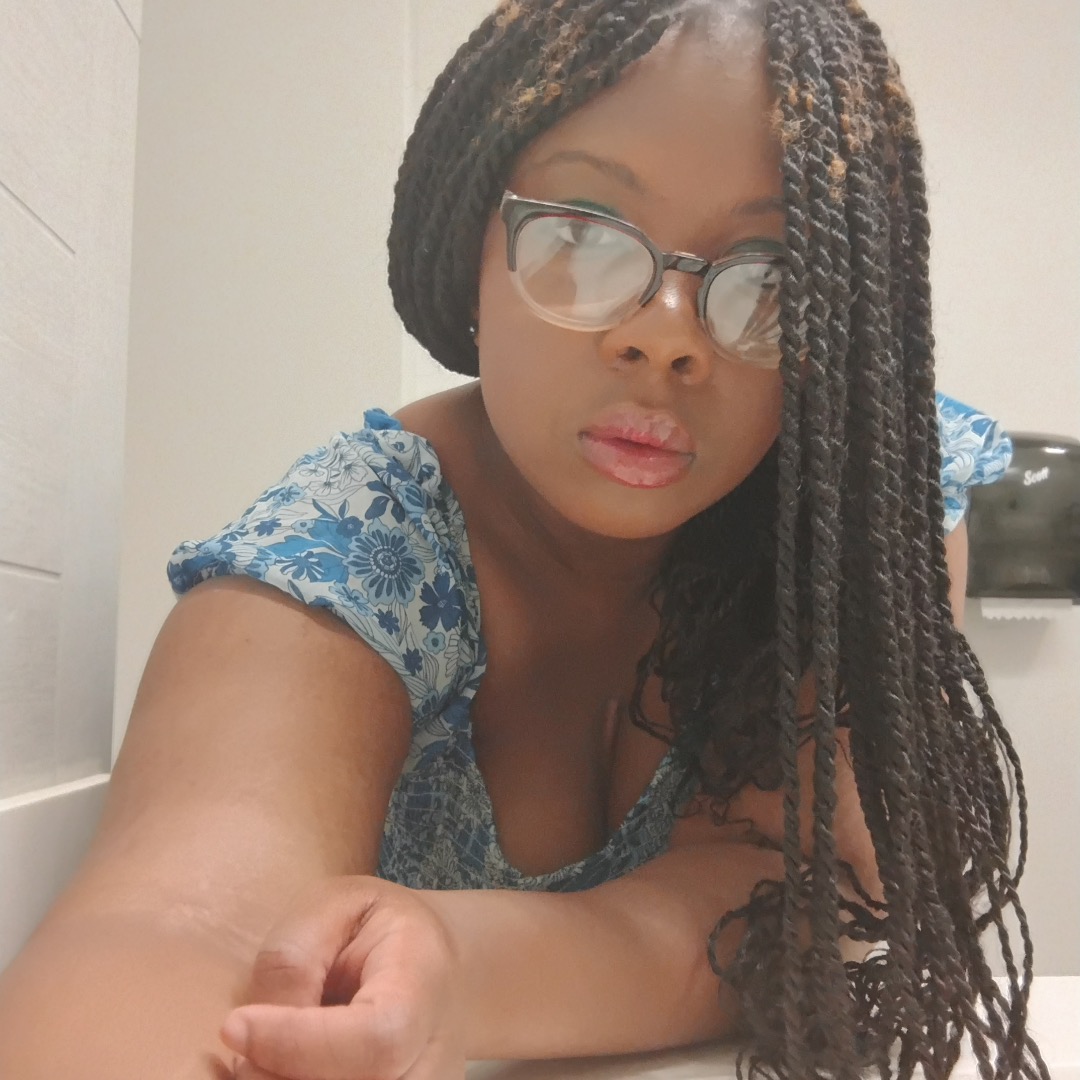Interview Questions
Uber
Uber Eats Ambassador
what kind of event would you host to promote uber eats?
Food tasting event, information session
Uber
Uber Eats Ambassador
what organizations are you a part of?
chemistry club, BSA, forensic science association
Uber
Uber Eats Ambassador
where do you go to school?
George Mason University








